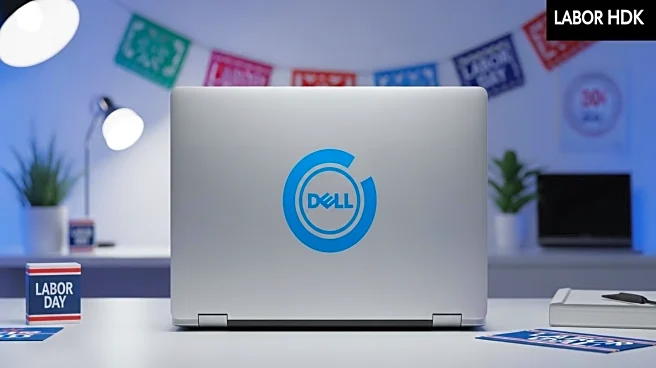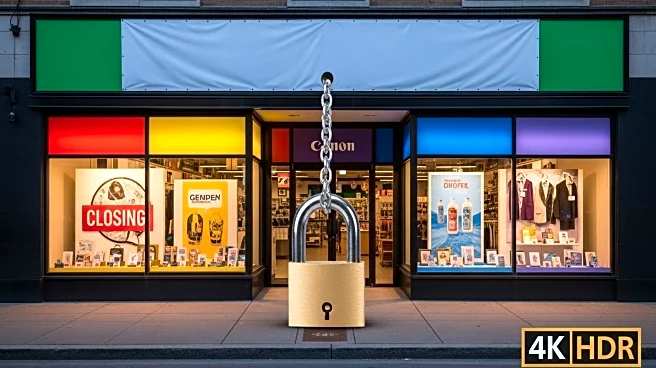What's Happening?
As the back-to-school season progresses, both retailers and consumers are experiencing mixed price adjustments due to new tariffs on imported goods. These tariffs, which can reach up to 50%, have created uncertainty in the market. Currently, consumers face an effective tariff rate of 18.6%, the highest since 1934. Price tracking by NBC News and Bright Data shows significant fluctuations in the cost of back-to-school items, such as journals and notebooks, which have seen price increases of up to 100%. Despite these changes, some items like apparel and sporting goods have seen price decreases. The government consumer inflation report indicates a rise in footwear prices by 0.9% and a drop in education and communication commodities by 4.3%. Retailers are attempting to manage inventory and mitigate tariff impacts by ordering early, but higher prices are anticipated for holiday goods.
Why It's Important?
The tariff-induced price changes are significant for consumers and retailers alike, affecting spending patterns and inventory strategies. With tariffs expected to increase, consumers may face higher costs, impacting their purchasing decisions. Retailers, particularly those like Walmart, are adjusting their strategies to attract cost-conscious shoppers, which could shift market dynamics. The National Retail Federation reports that 90% of back-to-school shoppers anticipated higher prices due to tariffs, prompting early shopping. This trend reflects broader economic concerns and the need for strategic planning by both consumers and businesses. The potential increase in consumer absorption of tariff costs, estimated to rise to 67% by October, underscores the economic pressure on households.
What's Next?
Retailers and consumers are likely to continue adapting to the evolving tariff landscape. As holiday shopping approaches, higher tariffs on goods may lead to further price increases, prompting more strategic purchasing decisions. Retailers may continue to absorb tariff costs to maintain customer loyalty, but this strategy may not be sustainable long-term. The trend of early shopping is expected to persist, as consumers seek to manage their budgets amidst economic uncertainty. Businesses may need to explore alternative sourcing or pricing strategies to mitigate tariff impacts and remain competitive.











